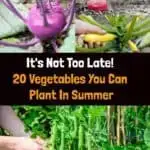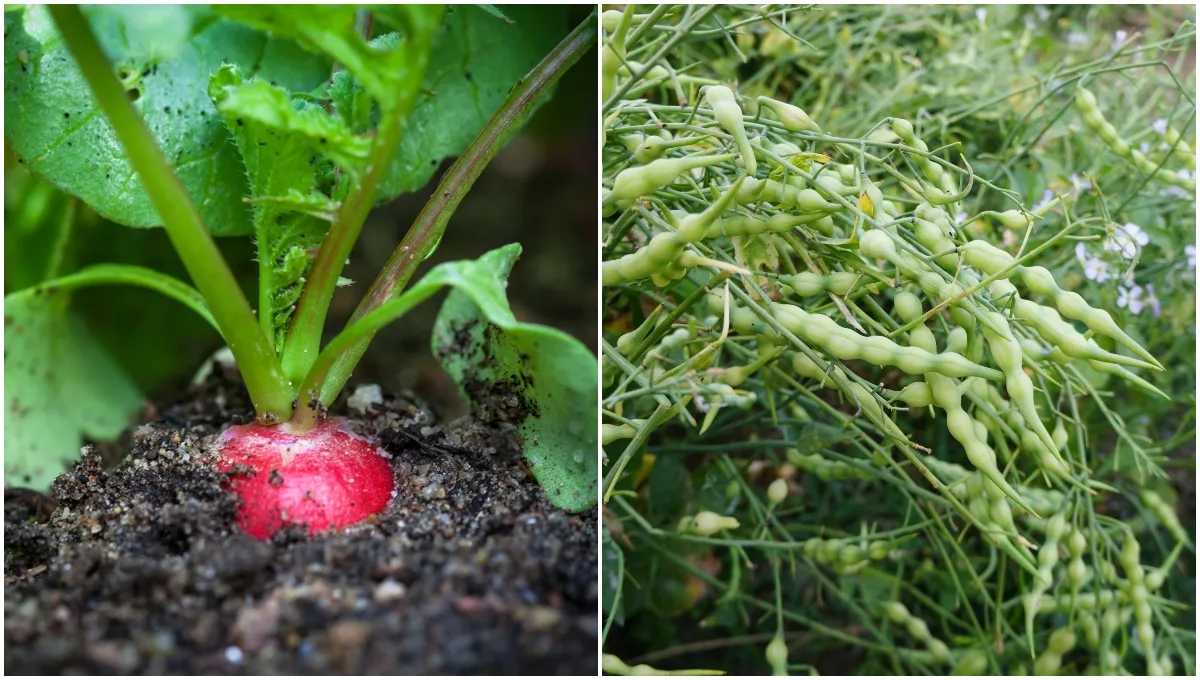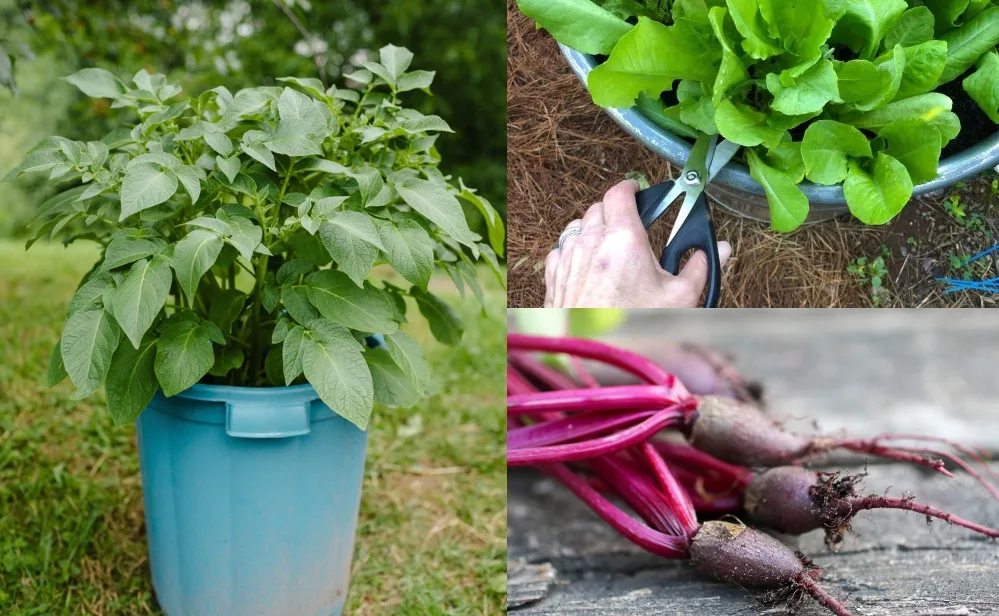
If you are new to gardening, you might think about planting seeds as something that you can only do in the spring. But with some careful planning, you can grow your own food all year round – and that means planting seeds well into the summer months too.
It’s not too late!
Here are 20 vegetables that you could still consider growing from seed this year.
1. Lettuce
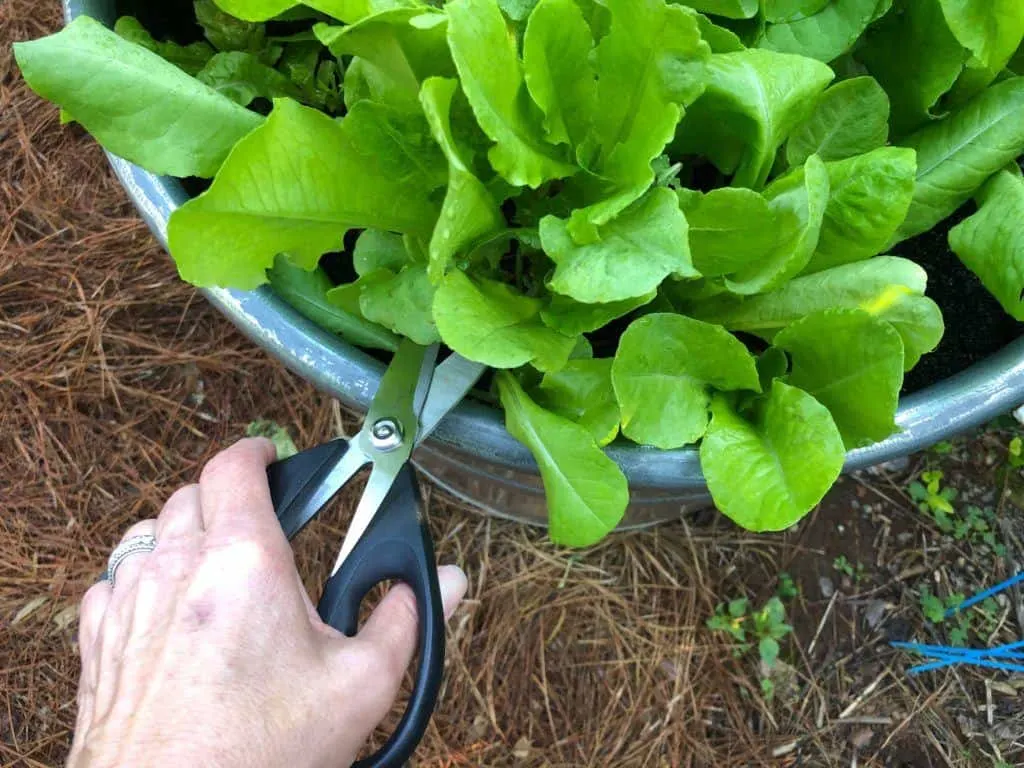
Lettuce can be grown pretty much all year round, especially if you can give your plants a little extra protection in the winter months. The key thing to remember, however, is that there are different types of lettuce: loose leaf, cos/ romaine, butterhead and iceberg.
There are different lettuces within each of these types suited to growing at certain times of the year. All summer long, you can plant loose leaf varieties and enjoy a quick harvest in a month to six weeks time.
In early summer, you can still also plant many cos/romaine type lettuces that will mature before the end of the season, and later in summer, you can plant winter lettuces that will survive the winter with a little protection.
Here’s our guide to growing cut and come again lettuce.
2. Rocket
If you like some variety in your salads, then rocket is another leafy vegetable that can be planted throughout the summer months. This, like loose leaf lettuce, will provide a quick crop within a couple of months, and can also be cut and will come again.
3. Radishes
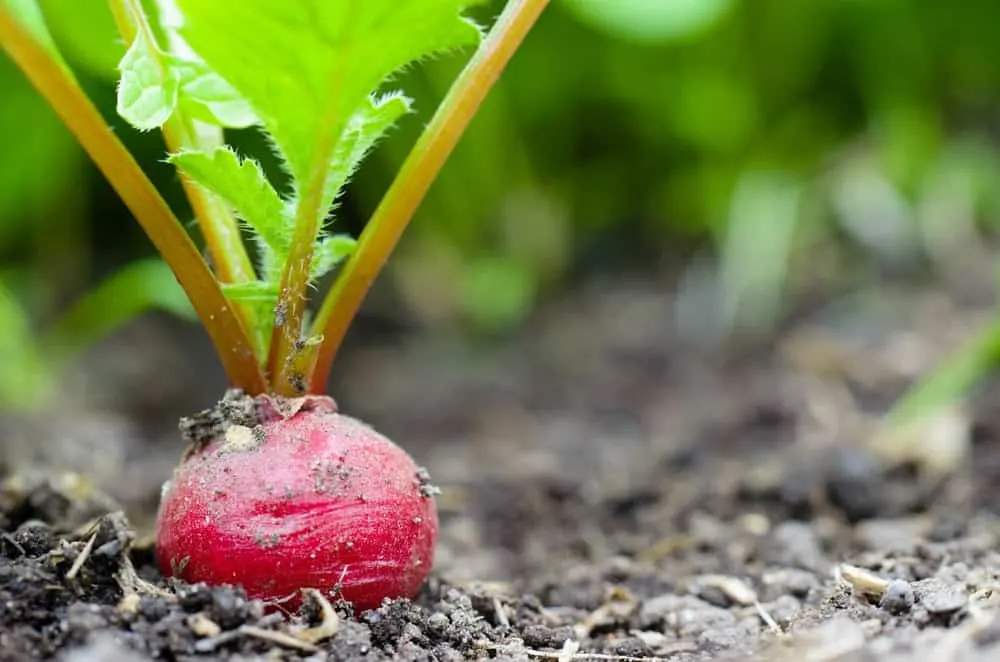
Another fast-growing crop that you can still sow throughout June, July and August is radishes.
These too can produce a crop before the end of the growing season. Be sure to sow successionally, so you can enjoy radishes over a longer period, and leave one plant to go to flower – not only can you collect more seeds to plant next year, you can also eat the delicious seed pods when they form.
4. Spring Onions
You can sow spring onions in June or July to use as small spring onions later in the season, or sow in August for an overwintering crop that can be harvested in the spring.
As your spring onions grow, thin out the plants – but don’t throw the ones you thin out away, use them in your summer salads.
5. Zucchini & Summer Squash
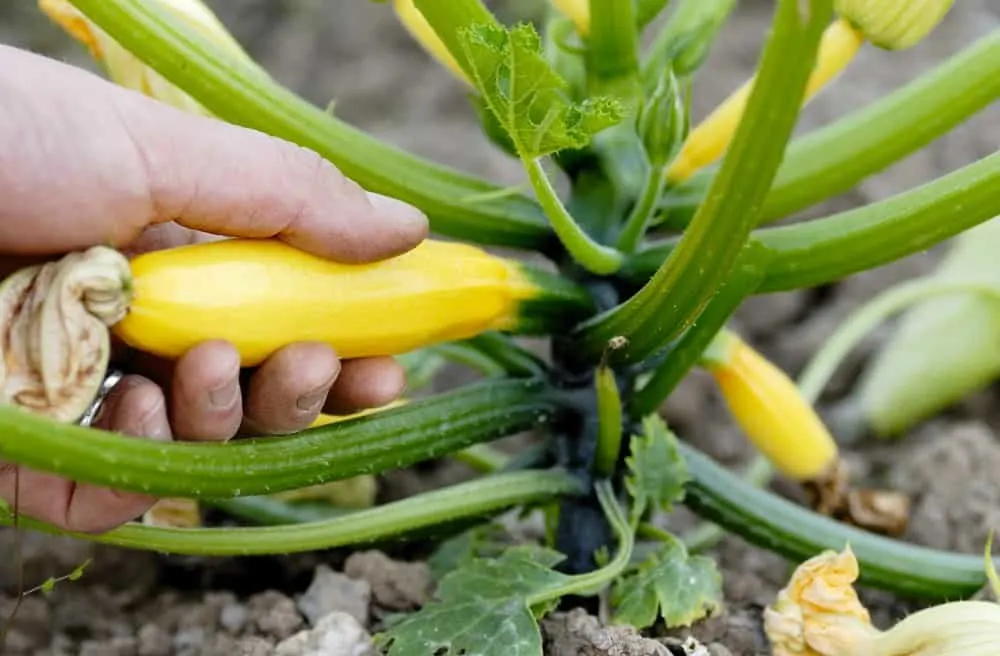
You might want to get a wriggle on if you want to grow zucchini and summer squash this year. But if you manage to sow these in early summer, before the end of June, you should still get a worthwhile harvest by the end of the year.
You can give your zucchini and squash a little extra time by providing them with protection before the first frosts later in the year.
You can extend your growing season by growing zucchini in pots and moving to a warmer location to extend the growing season.
Related Reading: How To Hand Pollinate Squash in 30 Seconds
6. Runner Beans
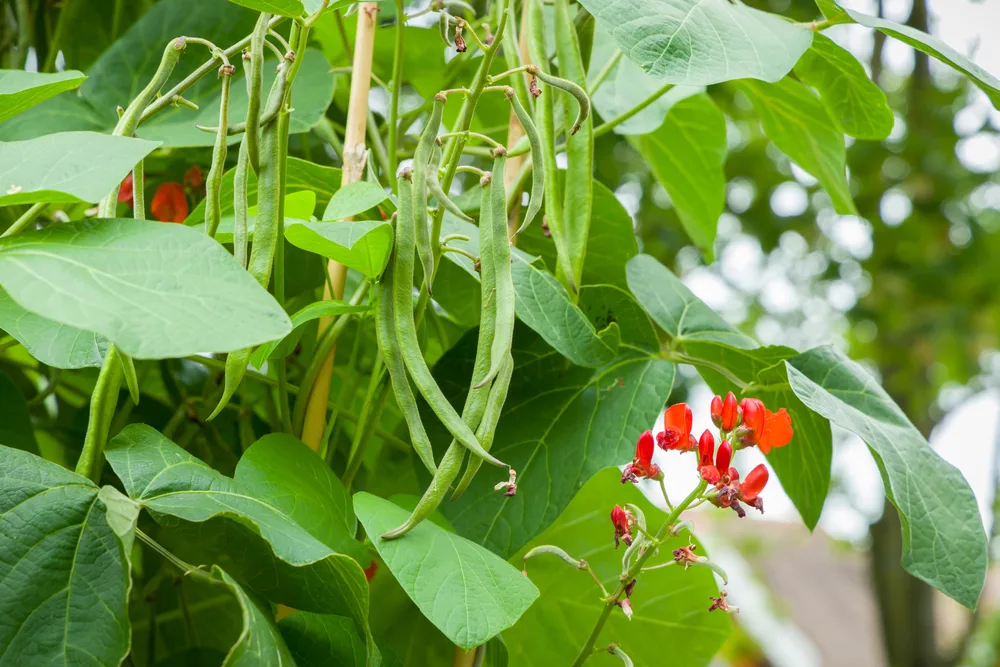
In June and July, you also still have time to direct sow runner beans where they are to grow. Make sure you provide them with supports to climb up. You will be amazed by how these vining plants ‘run’ up their supports during a sunny summer.
7. French Beans
French beans can also still be direct sown in a sunny spot or in a polytunnel. While you may not have time to allow these to come to full maturity for dry beans, you should get a worthwhile crop of green beans before the end of the season.
8. Peas
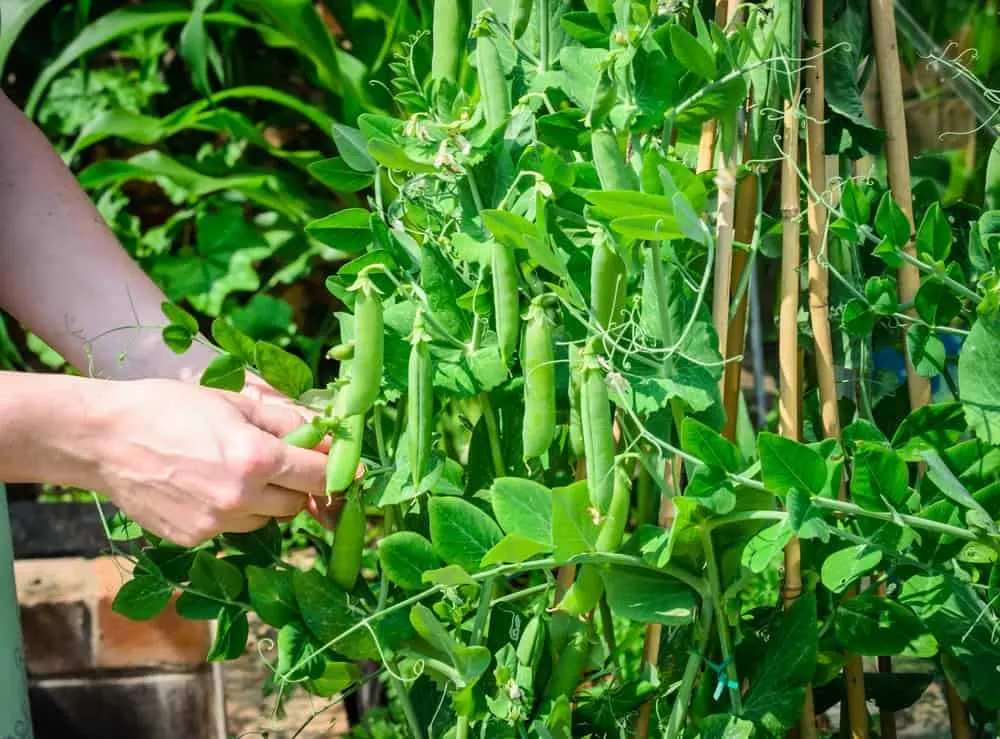
People tend to think of peas as a cool-weather spring crop. But you can also sow peas successionally throughout June and July for a later harvest. Even later in the summer, you can sow peas to use as pea shoots – a delicious addition to a salad, and could still squeeze in a crop of mange tout.
Pea varieties suitable for overwintering can also be sown in September and October, to provide an early crop in the spring.
9. Carrots
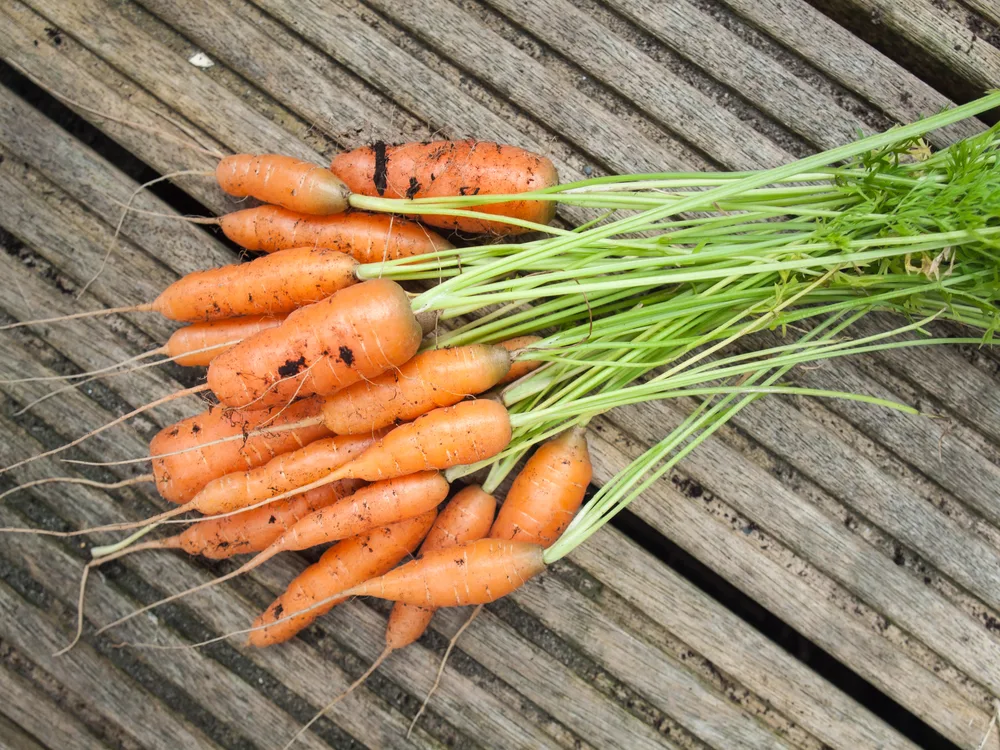
Carrots can also be sown throughout the spring and summer, from February right through to early July. Consider growing baby carrots for a faster summer or autumn harvest, and maincrop carrots to store over the winter months. (Or turn them into delicious refrigerator pickles!)
You can thin out your maincrop carrots sown in June or July, and eat the baby carrots you thin.
10. Beetroot
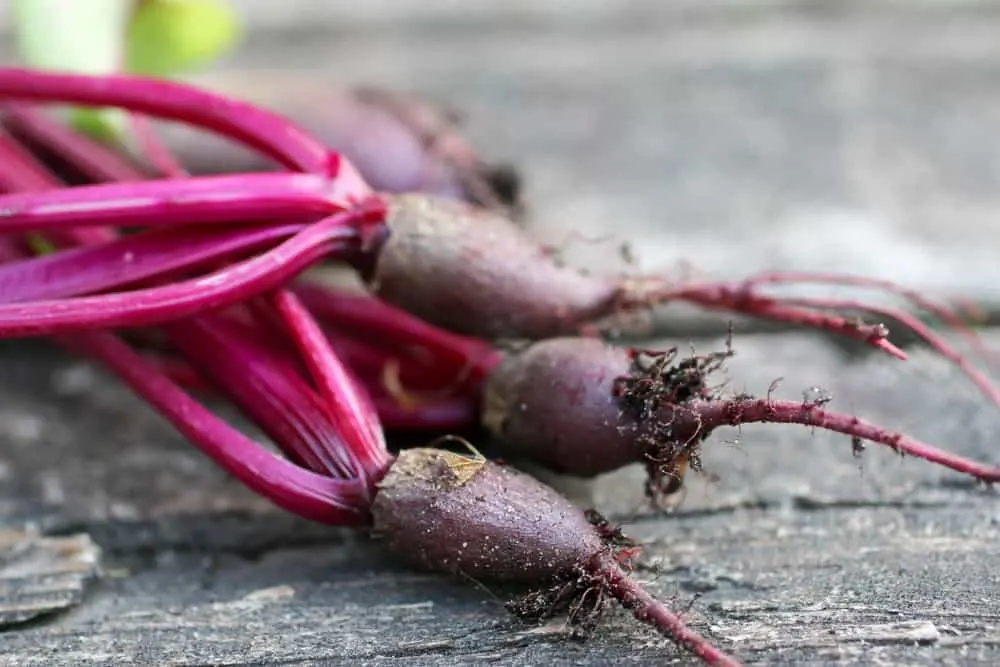
Beetroot can also be sown in June and July and eaten as baby beetroot for salads in a couple of month’s time. They can also be grown to maturity and lifted in October for winter storage and use over the coldest months.
11. Turnips
Turnips too can be sown throughout the summer. Sow early turnips through June for small turnips for salads etc., and maincrop turnips in July and early August to provide a useful winter crop.
12. Chard
A July sowing of chard will allow your plants to overwinter and provide a valuable, delicious leafy green once growth resumes in the spring. You could also pick some young leaves for salads later this season.
13. Pak Choi (& Other Asian Greens)
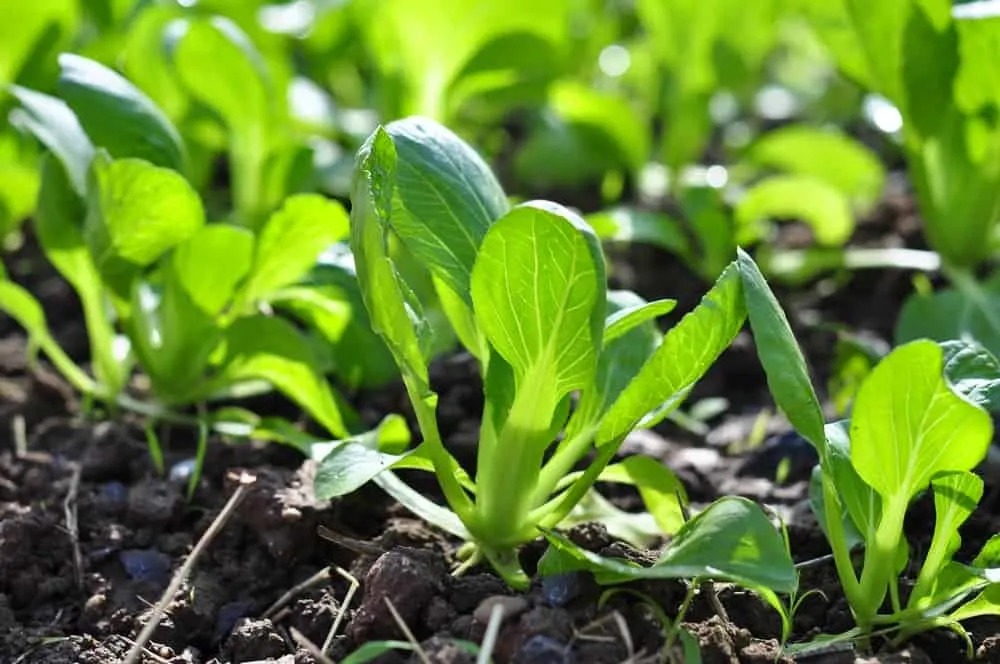
Pak choi and other Asian greens can also be sown throughout the year. In June, there is still time to grow for this year, and in July and August you can sow for overwintering and enjoy your harvest next spring.
14. Chicory
This is one of the hardy, leafy vegetables that can be grown in August or even early September and will provide you with a healthy leaf vegetable throughout the autumn and perhaps even up until Christmas.
15. Cabbage/Kale
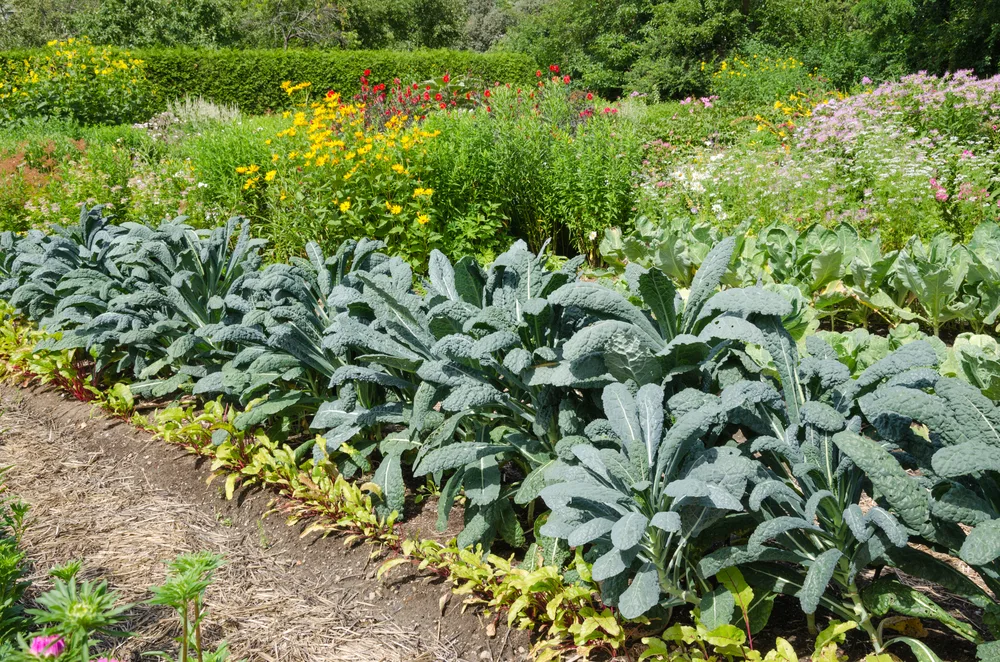
Sow kale and winter cabbages in July and these will see you through the winter months and through to the ‘hungry gap’ next spring.
16. Cauliflowers
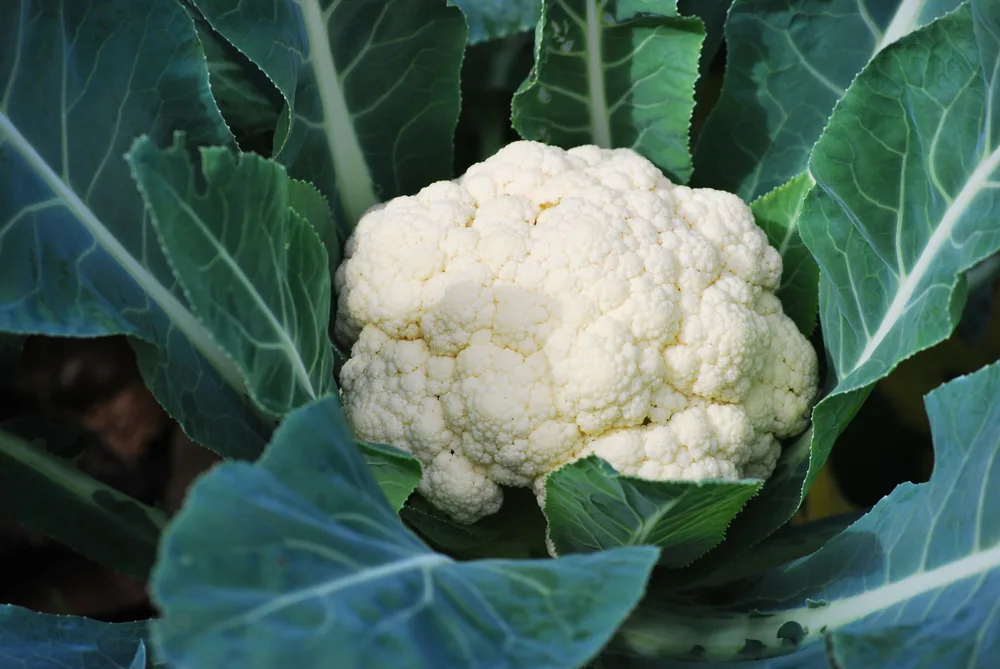
Cauliflowers can be a little trickier to grow, but you can direct sow your cauliflowers where they are to grow in June or July to harvest in winter, as long as you provide them with protection from the frosts later in the year.
17. Kohlrabi
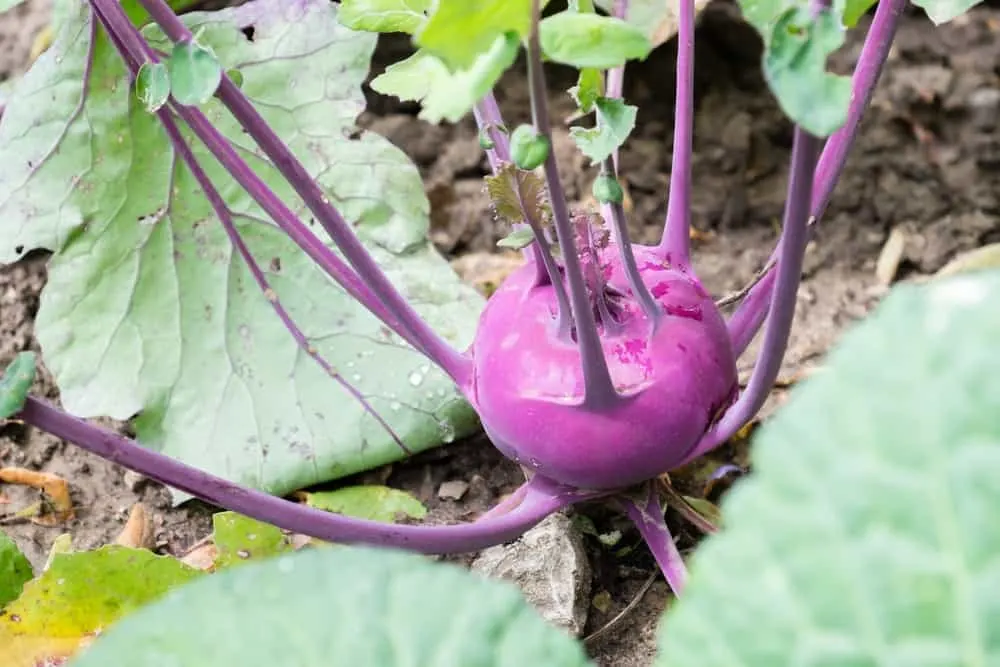
This alien-looking vegetable grows quickly and will thrive in the cooler temperatures of the end of the summer and beyond.
You can eat the leaves of this brassica and are also likely to be able to harvest small, golf-ball sized kohlrabi before the weather gets too cold.
18. Sprouting Broccoli
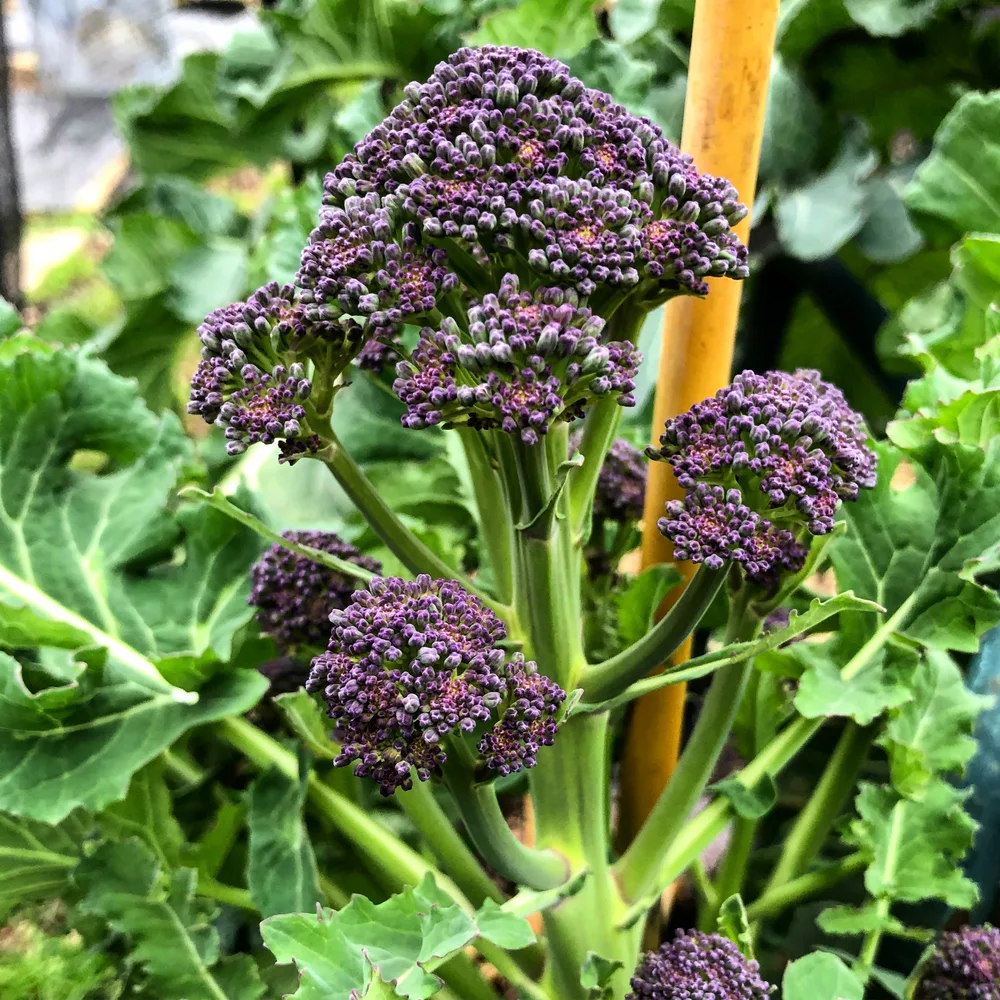
Sow sprouting broccoli in June or July and you will get a crop of small heads early in the spring next year.
19. Spinach
Spinach will tend to bolt if sown in early or mid summer, but sow some winter varieties in August or early September and you can harvest leaves little by little over the autumn and winter months, as long as you provide them with protection from frosts.
20. Christmas Potatoes
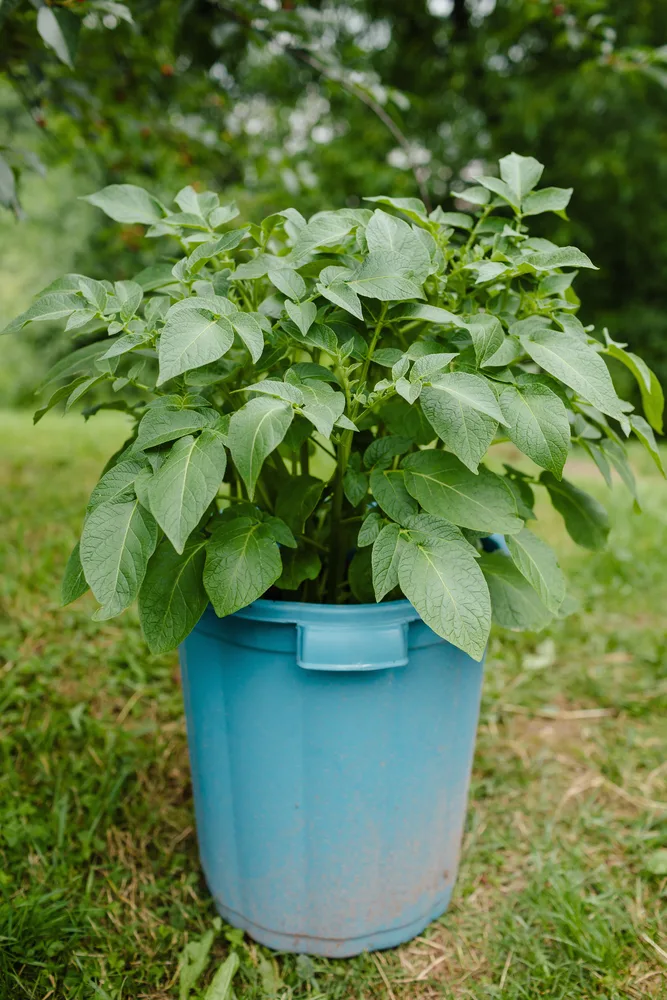
Over the summer, you can also consider planting some potatoes in containers. When these are protected from frost with a cloche or polytunnel, or placed in a greenhouse, they can give you new potatoes for your Christmas dinner.
So, it is not too late to get started with growing your own veg this year! Why not give it a go?

Get the famous Rural Sprout newsletter delivered to your inbox.
Including Sunday ramblings from our editor, Tracey, as well as “What’s Up Wednesday” our roundup of what’s in season and new article updates and alerts.


